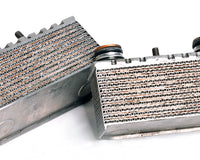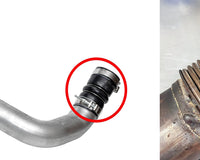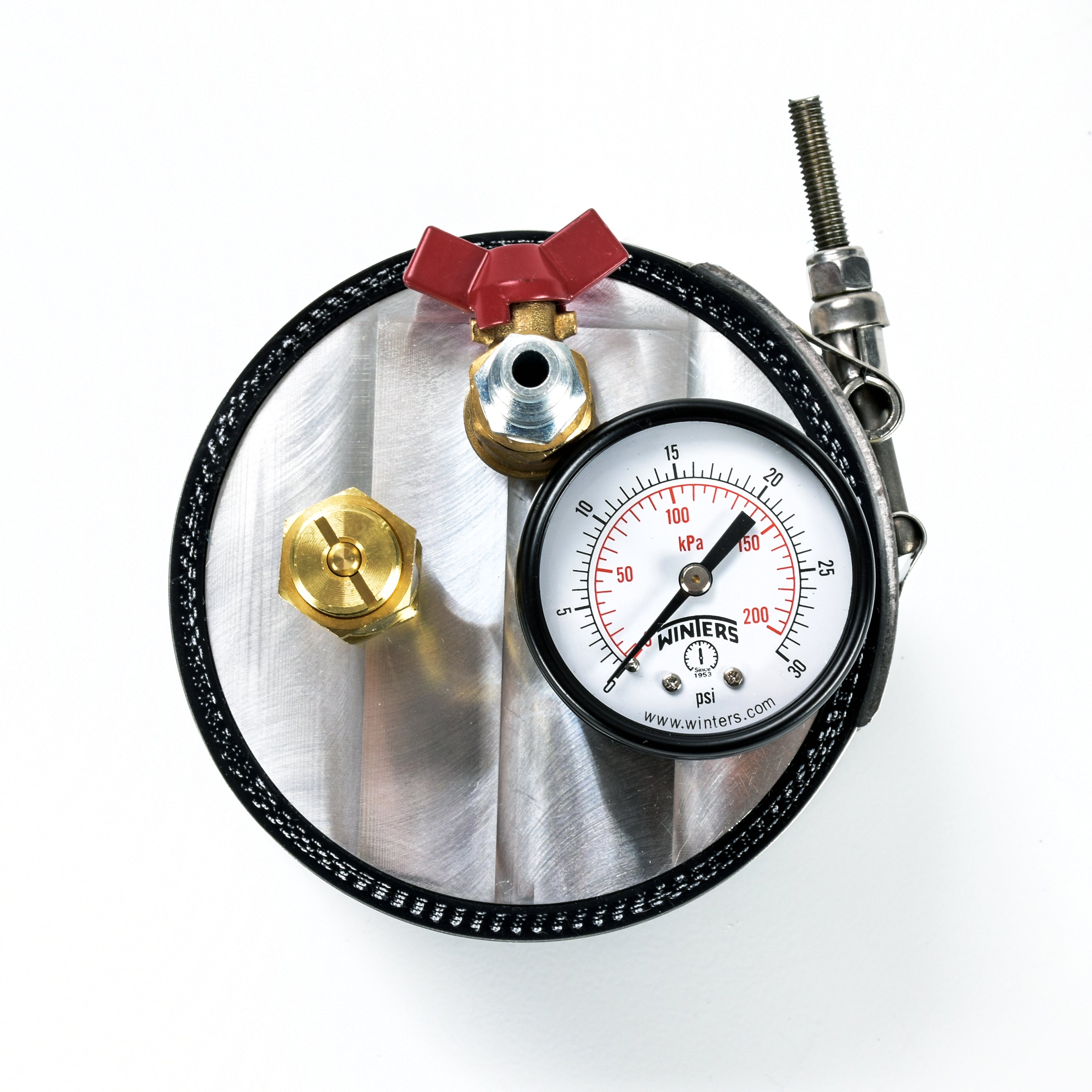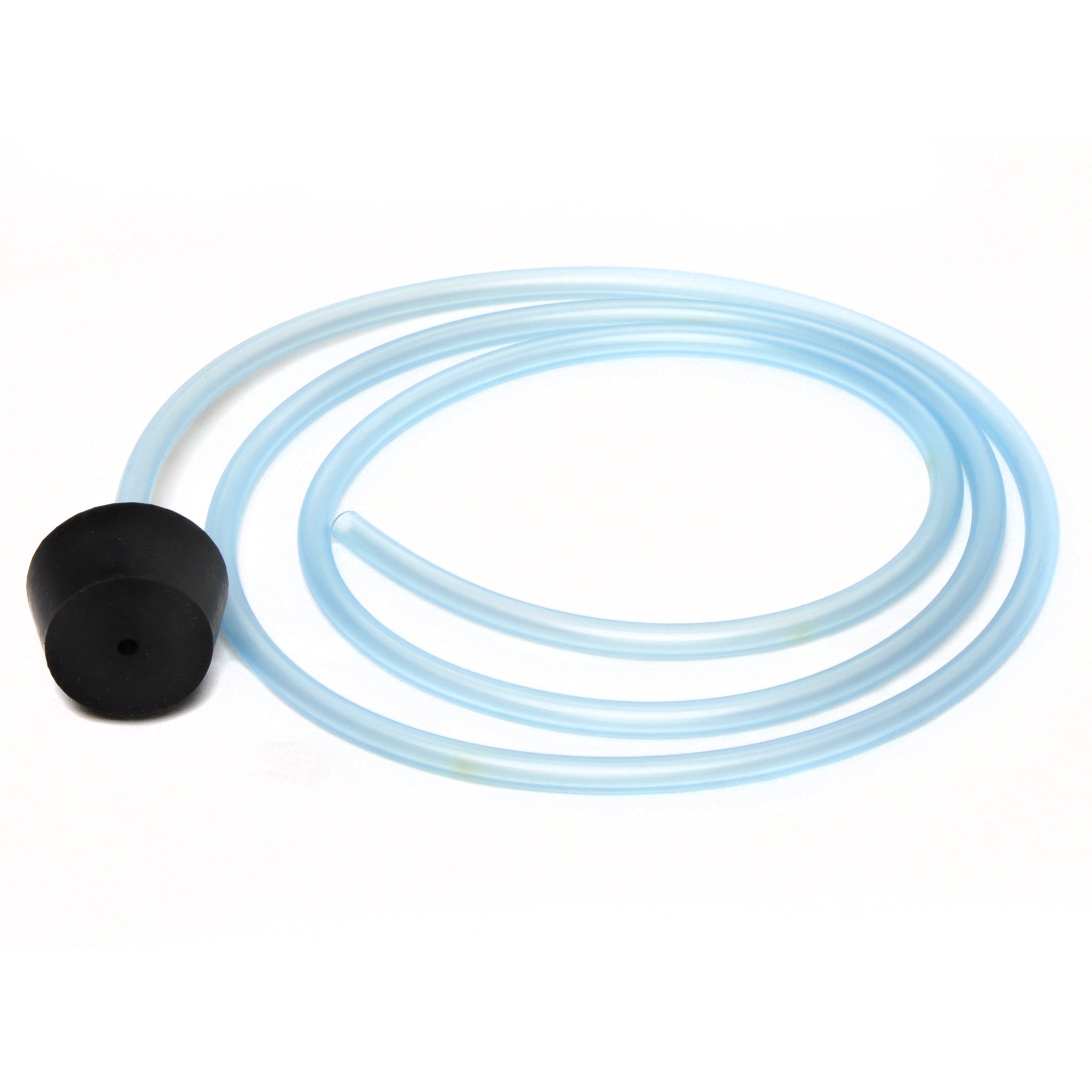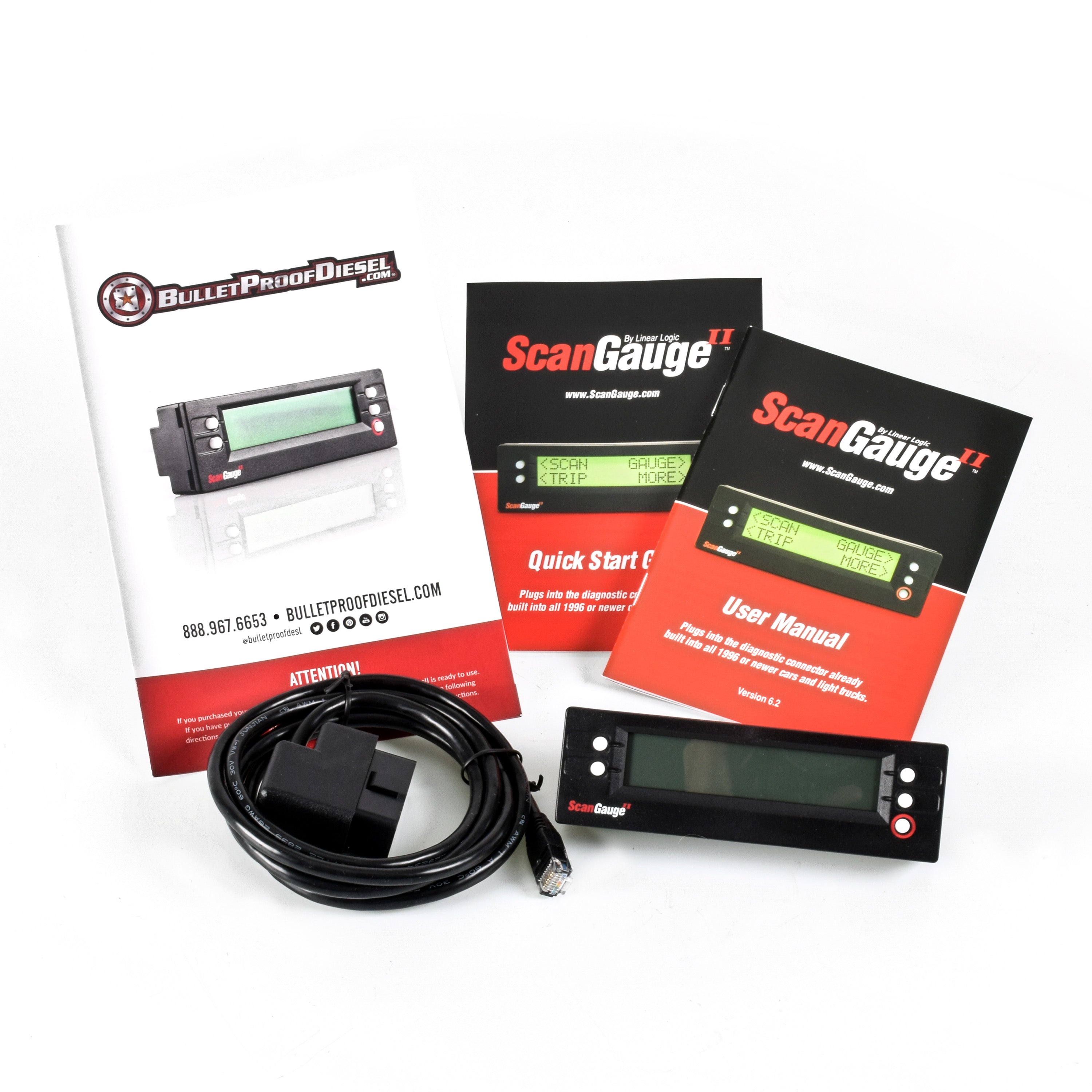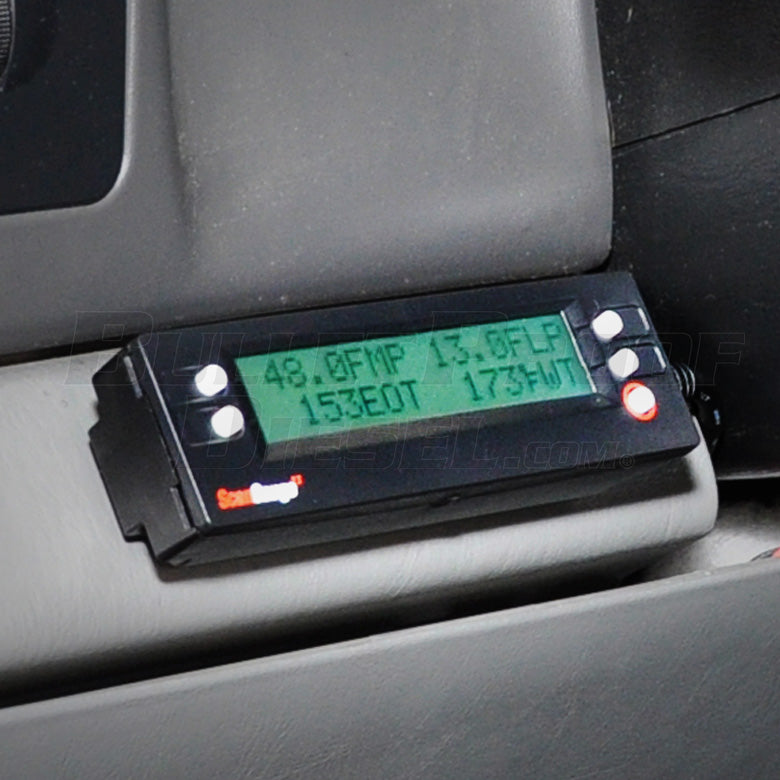Diesel trucks are renowned for their robust power and durability, but excessive smoke billowing from the tailpipe is never a welcome sight. It is a clear indicator of underlying issues, ranging from minor fuel system glitches to severe engine damage. Let's delve deeper into deciphering those smoky signals:
- Observe the Smoke Color:
-
Black Smoke: This often signifies incomplete combustion, a scenario where

the engine isn't receiving sufficient oxygen. - Clogged Air Filter: A restricted airflow pathway to the engine starves it of the necessary air for proper combustion.
- Faulty Fuel Injectors: Over-injecting fuel into the cylinders creates a fuel-rich mixture, leading to inefficient burning and black smoke.
- Turbocharger Issues: A malfunctioning turbocharger, responsible for boosting air intake, fails to deliver adequate air pressure, resulting in incomplete combustion.
- Exhaust or Boost Leaks: Air leaks in the exhaust or intake can cause black smoke due to incorrect air/fuel mixture.
- EGR Valve Issues: A faulty EGR valve can get stuck open or open at the wrong time causing black smoke to emit from the tailpipe.
- White Smoke:
-
Thick, White Smoke: This is a serious concern, usually pointing to
coolant intrusion into the combustion chamber.

- Blown Head Gasket: A breach in the head gasket allows coolant to seep into the cylinders, mixing with the fuel and burning off as thick white smoke.
- Cracked Cylinder Head: Cracks in the cylinder head can also permit coolant to enter the combustion chambers.
- Faulty EGR Cooler: A defective EGR cooler can lead to similar issues as a blown gasket. It can allow coolant to enter via the intake manifold which will normally result in heavy steam from the tailpipe.
- Thin, White Smoke: Typically observed during cold starts, this usually stems from water condensation within the exhaust system. It's generally not a cause for alarm.
-
Blue Smoke: This typically signals the burning of engine oil.

- Worn Piston Rings: Deteriorated piston rings allow oil to seep into the combustion chambers, leading to blue smoke in the exhaust.
- Failing Valve Stem Seals: These seals prevent oil from entering the combustion chambers. Failure to do so results in oil consumption and blue smoke.
- Turbocharger Seals: Leaky turbocharger seals can allow oil to enter the intake system, leading to its combustion and blue smoke emission.
- Check Engine Light:
The illumination of the Check Engine Light is a critical warning sign. It indicates a

malfunction within the engine's emissions control system. Utilize an OBD-II scanner to retrieve the stored trouble codes. These codes provide valuable insights into the root cause of the smoke and help guide the diagnostic process.
- Listen for Unusual Engine Sounds:
- Knocking, Rattling, or Pinging: These sounds can point towards internal engine problems. Broken or worn rocker arms can have a negative effect on the air/fuel mixture. A cracked piston could allow oil to enter the combustion chamber and get burned off as blue smoke.
- Ticking or High-Pitched Squeal: These sounds could be attributed to failed exhaust gaskets or loose/broken exhaust manifold bolts.
- Consider Driving Conditions:
- Heavy Towing or Loading: Increased load demands significantly more from the engine, potentially leading to increased smoke output, even under normal operating conditions.
- Cold Start Conditions: Some smoke emission during cold starts is expected as the engine warms up.
- Professional Diagnosis:
If you are unable to pinpoint the source of the smoke, consult a qualified diesel mechanic. They possess the specialized tools and expertise to accurately diagnose the problem and perform the necessary repairs.
Important Note:
Safety is paramount. If you observe excessive smoke or unusual engine sounds, prompt action is crucial. Continued operation with severe engine problems can lead to catastrophic damage and costly repairs.
By meticulously observing the smoke color, examining engine codes, and attentively listening for unusual sounds, you can gain valuable insights into the potential causes of smoke emanating from your diesel truck's tailpipe. Remember, early diagnosis and swift action are key to preventing further damage and ensuring the longevity of your vehicle.



